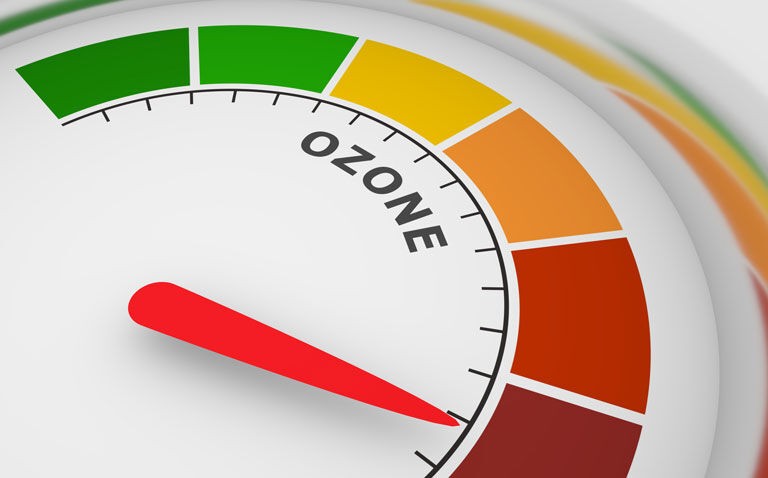Increased ozone pollution has been associated with an increased risk of hospital admission for a range of cardiovascular diseases
Higher atmospheric ozone levels have been linked to a greater risk of a hospital admission for a range of adverse cardiovascular events according to the findings of a time-series analysis by Chinese researchers.
Although there are a number of clearly recognised risk factors for cardiovascular disease, recent studies generally support positive associations of exposure to chemical environmental stressors such as air pollution, with an increased risk for cardiovascular mortality and morbidity. Moreover, some evidence points to adverse effects associated with exposure to ozone and which appears to affect several pathways associated with cardiovascular disease. In addition, other work found a statistically significant association between short-term changes in ozone and mortality for 95 large US urban communities. However, while these data link ozone with mortality, much less is known about the association between the gas and cardiovascular morbidity and for which, hospital admissions, could serve as a useful proxy.
In the current study, Chinese researchers undertook a multi-city, time-series study to explore the associations of exposure to ambient ozone with daily hospital admissions for cardiovascular diseases over a two-year period. The city-specific daily concentrations of 8-hour maximum average ozone (O3) and 24-hour average of O3 were obtained, together with data on both fine particles (PM2.5), inhaled particles (PM10), and other gases such as sulphur and nitrogen dioxide and carbon monoxide.
Ozone pollution levels and risk of hospital admissions for cardiovascular disease
During the two-year period, there were 6,444,441 hospital admissions for adverse cardiovascular events in the 70 cities included in the study.
The results showed that a 10 μg/m3 increment in the two-day average daily, 8-hour maximum ozone concentrations, was associated with an increased risk for admission of 0.46% for coronary heart disease, 0.45% for angina pectoris, 0.75% for acute myocardial infarction and 0.41% for ischaemic stroke.
In fact, the researchers also calculated the excess risk attributable to higher ozone levels and different adverse cardiovascular events. For example, that there was a 6.52% excess risk of an acute myocardial infarction (AMI) for a high O3 concentrations (≥100 μg/m3) compared to lower levels of < 70 μg/m3, which is considered to be naturally occurring level that is not due to human activity. Furthermore, the AMI risks were also elevated by 3.28% when ozone levels were ≥ 70 μg/m3 and 2.35% for levels between 70 and 99 μg/m3.
The authors concluded that ambient ozone was associated with increased risk of hospital admission for cardiovascular events and which was higher as levels of the gas increased. They added that these data should prompt the need for greater control of high ozone pollution.
Citation
Jiang Y et al. Ozone pollution and hospital admissions for cardiovascular events. Eur Heart J 2023










